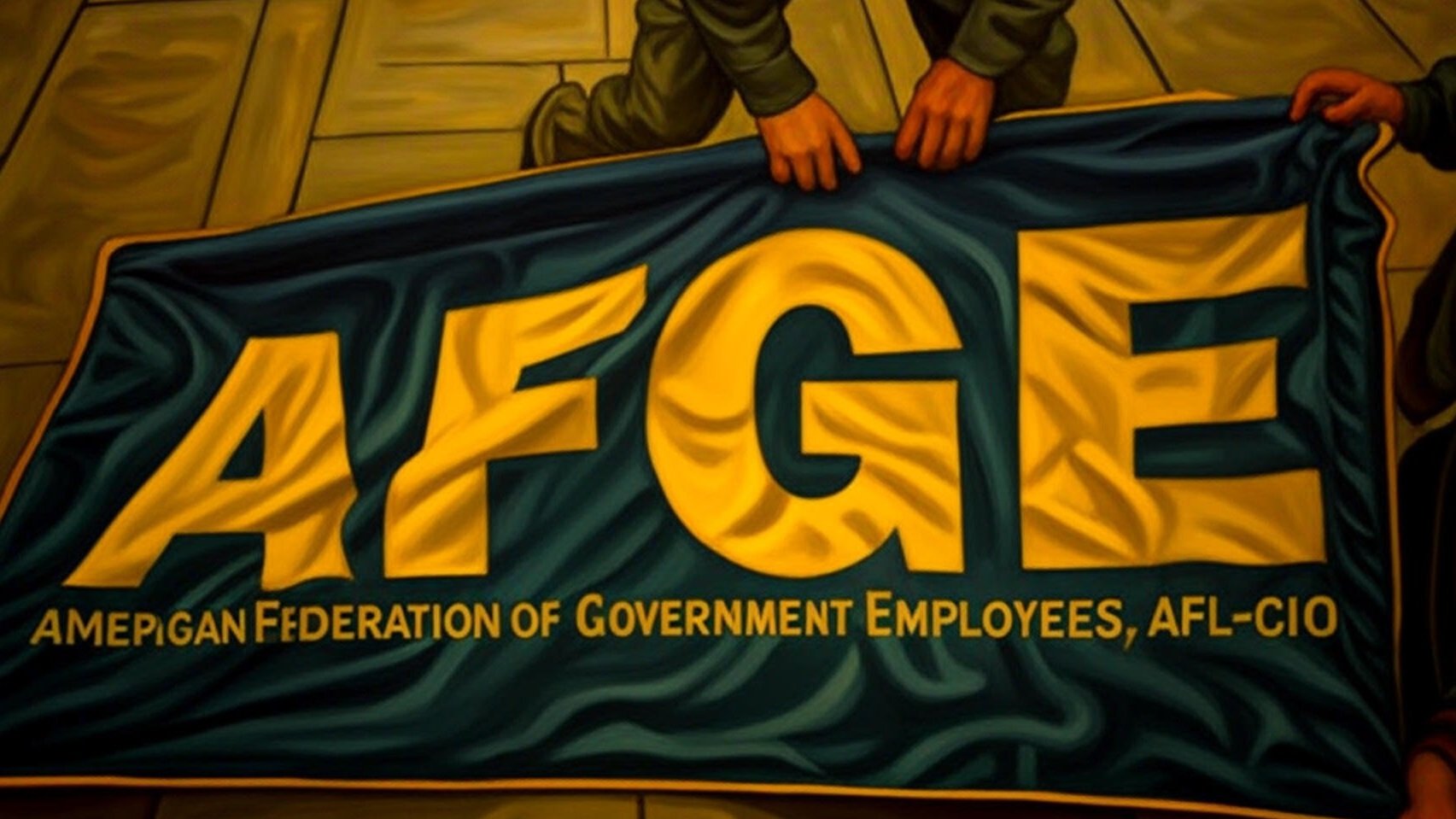Supreme Court Narrows Nationwide Injunctions in Birthright Citizenship Case
On June 27, 2025, the Supreme Court issued a pivotal ruling in Trump v. CASA, Inc., et al., addressing the scope of federal courts' authority to issue universal injunctions against Executive Order No. 14160, which seeks to redefine birthright citizenship under the Fourteenth Amendment. The decision, authored by Justice Amy Coney Barrett, did not resolve the Order’s constitutionality but significantly altered its implementation by limiting the reach of preliminary injunctions issued by lower courts. This ruling has sparked debate over judicial power, constitutional protections, and immigration policy, with implications for future legal challenges.
Background and Context
On January 20, 2025, President Donald Trump issued Executive Order No. 14160, titled “Protecting the Meaning and Value of American Citizenship.” The Order aimed to limit birthright citizenship by redefining who qualifies as “subject to the jurisdiction” of the United States under the Fourteenth Amendment, particularly targeting children born to non-citizen parents. This move was swiftly challenged in federal district courts in Maryland, Washington, and Massachusetts, resulting in nationwide injunctions that blocked the Order’s enforcement.
The Trump administration appealed these injunctions, arguing that lower courts overstepped their authority by issuing universal injunctions that applied beyond the plaintiffs. The Supreme Court consolidated the three cases—CASA, Inc. v. Trump, Washington v. Trump, and New Jersey v. Trump—and heard oral arguments on May 15, 2025. During these arguments, justices appeared divided, with some questioning the breadth of nationwide injunctions and others emphasizing the need to prevent potentially unconstitutional actions.
The Court’s Opinion
In a decision dated June 27, 2025, the Supreme Court granted the Government’s applications for partial stays of the preliminary injunctions. The Court held that universal injunctions, which extend relief to non-parties, likely exceed the equitable authority granted to federal courts under the Judiciary Act of 1789. Consequently, the injunctions were narrowed to provide “complete relief” only to the named plaintiffs with standing to sue, allowing Executive Order No. 14160 to take effect for all others starting July 27, 2025.
The Court also stayed the injunctions to the extent they prohibited executive agencies from developing and issuing public guidance on the Order’s implementation. Notably, the ruling did not address whether the Order violates the Fourteenth Amendment’s Citizenship Clause or §201 of the Nationality Act of 1940, leaving the constitutional question for future litigation.
Justice Amy Coney Barrett authored the majority opinion, which was supported by the majority of the Court. The decision emphasized the procedural limits of judicial power rather than the substantive merits of the Executive Order.
Analysis of the Dissent
Justices Sotomayor and Jackson issued dissenting opinions, arguing that the majority’s decision creates a “zone of lawlessness” by allowing an Executive Order, deemed likely unconstitutional by lower courts, to affect millions of non-plaintiffs. Justice Sotomayor highlighted the disproportionate impact on the poor and under-resourced, who may lack the means to challenge the Order individually. Justice Jackson emphasized that the ruling undermines the judiciary’s duty to uphold the Constitution, creating a fragmented application of the law where named plaintiffs are protected while others are not.
The dissenters expressed concern that this approach could erode public trust in the judiciary and lead to unequal treatment under the law. They argued that the Court’s focus on procedural limits sidesteps the broader constitutional implications of the Executive Order, potentially allowing unconstitutional actions to proceed unchecked.
Ramifications of the Decision
The Supreme Court’s ruling has several significant implications:
Limitation on Universal Injunctions: The decision signals a potential shift in judicial practice, restricting the use of nationwide injunctions. This could affect future cases involving executive actions, particularly in areas like immigration, civil rights, and environmental policy. Courts may now be more cautious in issuing broad relief, focusing instead on remedies tailored to specific plaintiffs.
Partial Implementation of Executive Order No. 14160: Starting July 27, 2025, the Executive Order can be implemented for individuals not party to the ongoing litigation. This could alter citizenship eligibility for children born to non-citizen parents, depending on the guidance issued by executive agencies. The exact scope and impact of the Order remain unclear until such guidance is released.
Ongoing Legal Challenges: The named plaintiffs in the three cases remain protected by the preliminary injunctions, and their cases are pending in the courts of appeals. The outcomes of these appeals could further clarify the Order’s legality and potentially lead to another Supreme Court review.
Unresolved Constitutional Questions: By avoiding the question of the Order’s constitutionality, the Court has left significant uncertainty. The Fourteenth Amendment’s Citizenship Clause and its interpretation in cases like United States v. Wong Kim Ark (1898) remain central to the debate, and future litigation will likely address these issues directly.
Impact on the Rule of Law: The dissenting justices warned that allowing a potentially unconstitutional order to proceed for non-plaintiffs could undermine the rule of law. This has sparked public and legal debate, with some arguing that the decision prioritizes procedural limits over constitutional protections.
The Supreme Court’s decision in Trump v. CASA, Inc., et al. is a landmark ruling that reshapes the scope of federal courts’ injunctive powers while allowing Executive Order No. 14160 to proceed for most individuals. By focusing on procedural limits rather than the Order’s constitutionality, the Court has deferred critical questions about birthright citizenship, setting the stage for further legal battles. The dissent’s warnings about a “zone of lawlessness” underscore the ruling’s controversial nature, making it a focal point for debates over judicial authority, immigration policy, and constitutional rights.







In a significant policy shift, federal prosecutors in the District of Columbia have been directed to stop bringing felony charges against individuals solely for carrying rifles or shotguns. The new directive, confirmed by U.S. Attorney for D.C. Jeanine Pirro, stems from a Justice Department determination that the city's longstanding ban on the public carry of long guns is unconstitutional in light of recent Supreme Court precedent.